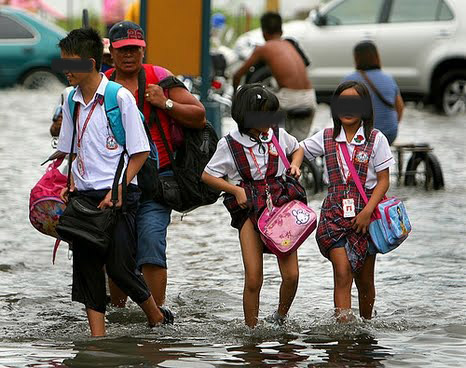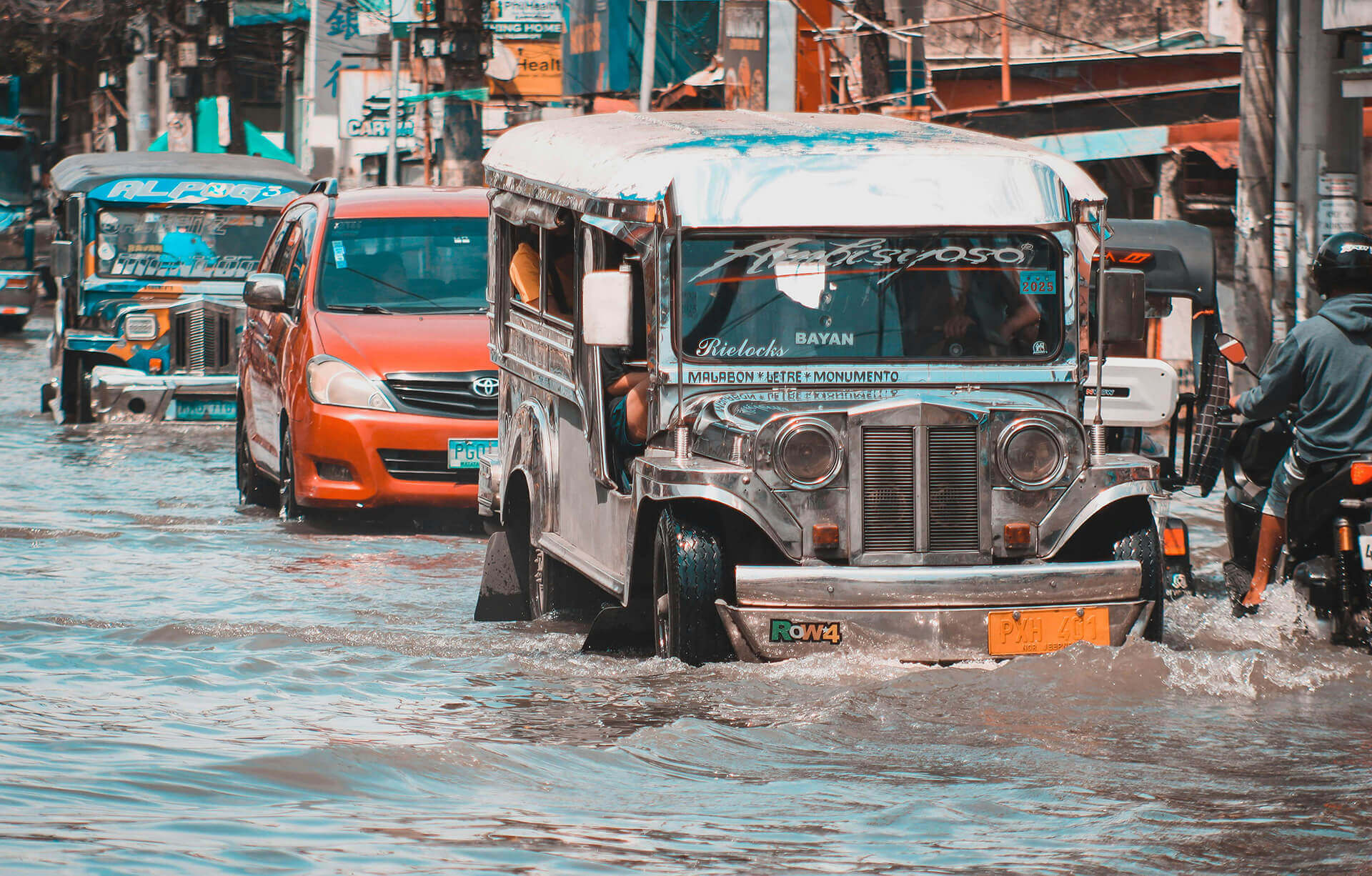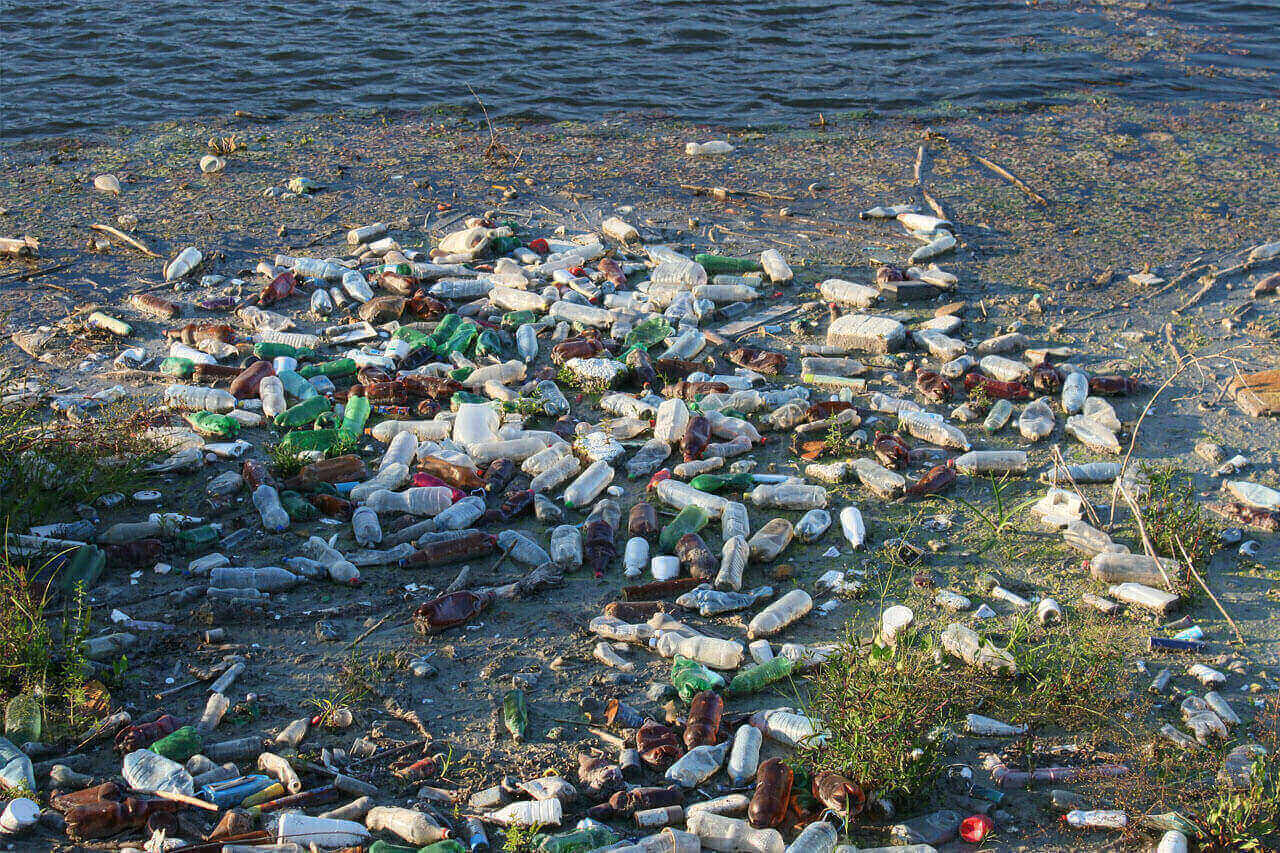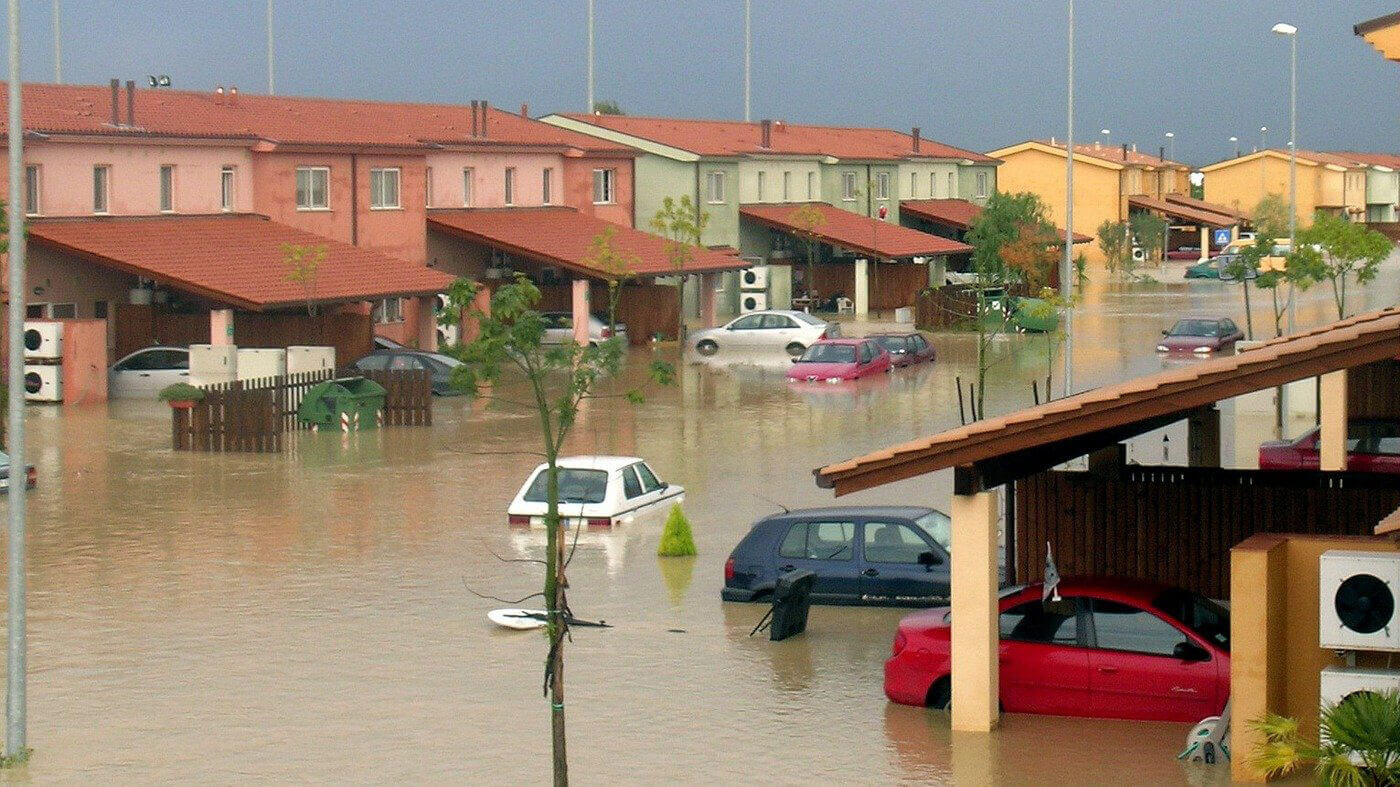Metro Manila flood 2025 has once again brought the capital to a standstill, affecting thousands of residents and commuters as heavy rainfall from a lingering low pressure area (LPA) continues to batter the region. Major roads are submerged, classes have been suspended, and emergency response teams are now on high alert.
What’s Causing the Metro Manila Flood 2025?
The Metro Manila flood 2025 is largely caused by days of non-stop rain brought by a Low Pressure Area (LPA) and the enhanced southwest monsoon or habagat. PAGASA has reported that the LPA, although not classified as a tropical storm, continues to intensify rains over the National Capital Region and nearby provinces.
The urban drainage systems, already overwhelmed by continuous rainfall, have been unable to manage the water flow, causing severe urban flooding in Metro Manila — especially in low-lying areas like Malabon, Marikina, and parts of Quezon City.
Worst-Affected Areas by the Metro Manila Flood 2025
As of today, July 23, 2025, almost all of the cities in Metro Manila are affected by the flood, including nearby provinces. The following areas have reported knee to waist-deep flooding:
- Marikina City – Water levels in Marikina River are rising; evacuation centers are on standby.
- Malabon and Navotas – Severe flooding in coastal barangays.
- Quezon City – Road closures in Commonwealth Avenue and Araneta Avenue due to impassable floods.
- Manila City – España Boulevard, Taft Avenue, and some underpasses are heavily flooded.
Suspension of Classes and Work

Due to the Metro Manila flood 2025, several LGUs (local government units) have announced the suspension of classes in all levels for both public and private schools. It has been suspended since Monday, July 21, 2025 and there will be no classes tomorrow or the next few days as 2 Low Pressure Area are now in (PAR) Philippine Area of Responsibility. Government offices are also operating on a skeletal workforce, with many employees advised to work from home.
Safety Tips for Residents
To stay safe during the Metro Manila flood 2025, residents are advised to:
- Avoid wading through floodwater to prevent leptospirosis and other infections.
- Monitor PAGASA and MMDA updates regularly for weather alerts and evacuation notices.
- Keep emergency kits, clean water, and food supplies ready.
- Disconnect electrical appliances if water enters your home.
Long-Term Solutions to Prevent Flooding in Metro Manila
The Metro Manila flood 2025 highlights the ongoing need for better urban planning, drainage system improvements, and reforestation efforts in upland areas. The Department of Public Works and Highways (DPWH) and the Metro Manila Development Authority (MMDA) are working on flood control projects like pumping stations and floodways, but progress remains slow.
Experts also emphasize the importance of community discipline in waste disposal, as clogged drains and esteros significantly contribute to flood risk.
The Metro Manila flood 2025 is a reminder that climate resilience and preparedness must be a priority in urban development. With climate change making extreme weather events more frequent, both the government and residents must work together to create a flood-resilient future for the Philippines.



